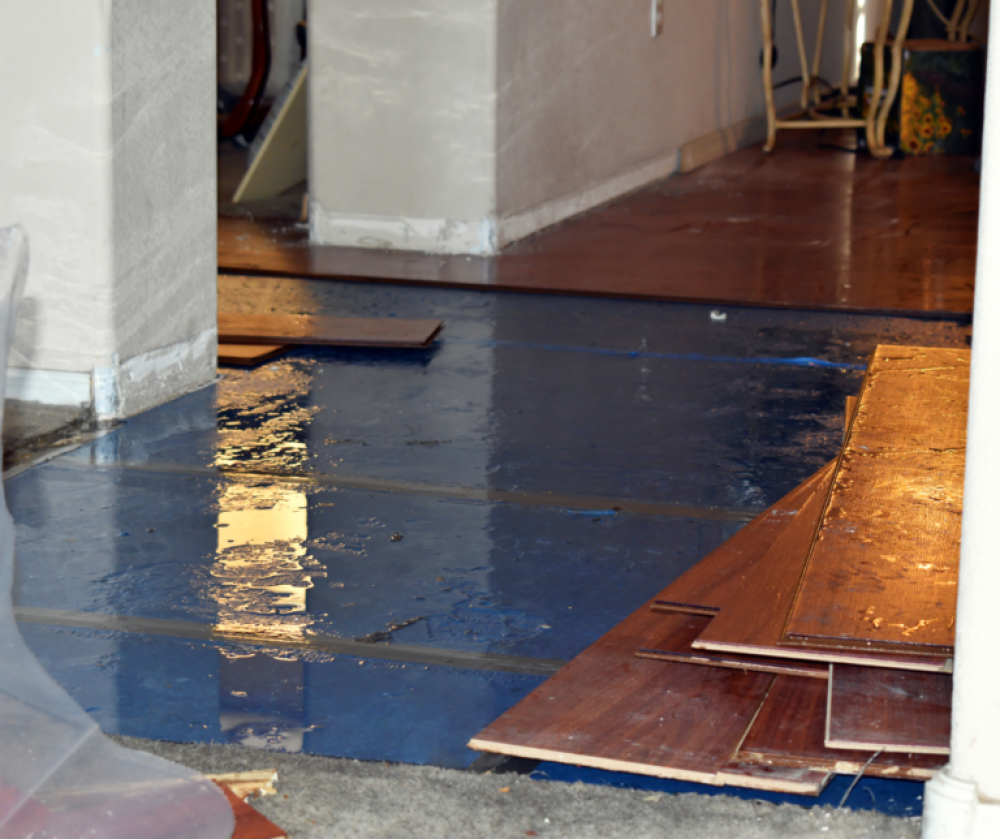
Water Mitigation: Protecting Your Home from Water Damage
Water mitigation is preventing or reducing the amount of water damage after a flood, a burst pipe, or any other event where water destroys properties. This crucial aspect of home maintenance ensures that water damage is minimized, the property is preserved, and the risk of mold and other secondary issues is reduced. Understanding water mitigation Vancouver WA, and the steps involved can help homeowners protect their properties effectively.
The Importance of Understanding Water Mitigation Steps for Effective Property Protection
Understanding Water Mitigation
Water mitigation refers to the efforts and processes involved in reducing the severity of water damage. This typically includes steps taken immediately after a water intrusion event to prevent further damage and restore the affected area to its original condition. The process is crucial because water damage can lead to structural issues, health hazards due to mold growth, and significant financial losses. Water mitigation involves several steps: inspection, extraction, drying and dehumidification, cleaning, and sanitizing. Each step ensures that water damage is controlled and mitigated efficiently.
Causes of Water Damage
Understanding the causes of water damage is essential for effective mitigation. Common causes include natural disasters like floods, hurricanes, and heavy rains, which can lead to significant water intrusion. Additionally, household issues such as burst pipes, leaky roofs, and faulty plumbing systems can cause water damage. Appliances like washing machines, dishwashers, and water heaters may malfunction and lead to water leakage. Moreover, poor drainage systems and clogged gutters can accumulate water around the house, seeping into the foundation and causing damage. Recognizing these causes helps in taking preventive measures and being prepared to tackle water intrusion when it occurs.
The Importance of Immediate Response
An immediate response is crucial in water mitigation to minimize damage. Water damage can escalate quickly, leading to mold growth, structural weakening, and damage to personal belongings. The longer water sits, the more damage it can cause, making timely action essential. Immediate response involves turning off the water source, if possible, and contacting professional water mitigation services. Professionals have the expertise and equipment to efficiently handle water extraction, drying, and cleaning. They can assess the extent of the damage and take necessary steps to prevent further deterioration. Quick action reduces damage and helps in faster recovery and restoration of the property.
Professional Water Mitigation Services
Hiring professional water mitigation services is often necessary to ensure thorough and effective damage control. Professionals use advanced equipment and techniques to extract water, dry affected areas, and prevent mold growth. They also have the expertise to assess the extent of the damage and identify areas that may not be visible to the naked eye. Professional services include water extraction, drying and dehumidification, cleaning, and sanitizing. They also provide structural repairs if needed. Hiring professionals ensures the mitigation process is carried out efficiently and thoroughly, reducing the risk of long-term damage and health hazards.
Water Extraction
Water extraction is a critical step in the water mitigation process. It involves removing standing water from the affected area using specialized equipment like pumps and vacuums. Prompt water extraction is essential to prevent further damage and reduce the risk of mold growth. Professionals use powerful equipment to extract water quickly and efficiently, even from hard-to-reach areas. This step helps reduce humidity levels and create a conducive drying environment. Effective water extraction is the foundation of successful water mitigation, paving the way for subsequent steps like drying and cleaning.
Drying and Dehumidification
After water extraction, the next crucial step is drying and dehumidification. This process involves removing moisture from the affected areas to prevent mold growth and structural damage. Professionals use industrial-grade dehumidifiers and air movers to thoroughly dry walls, floors, and other surfaces. They monitor humidity levels and adjust equipment to ensure optimal drying conditions. Dehumidification is essential because moisture can linger in building materials, leading to long-term damage and health hazards. Thorough drying and dehumidification help restore the affected area to its original condition and prevent future issues related to moisture and mold.
Cleaning and Sanitizing
Cleaning and sanitizing are vital components of the water mitigation process. Water intrusion can bring in contaminants and pathogens, posing health risks. Thorough cleaning removes debris, dirt, and pollutants from the affected area. Professionals use specialized cleaning agents and techniques to sanitize surfaces and prevent the spread of bacteria and mold. This step ensures that the affected area is safe and hygienic. Sanitizing also helps in eliminating odors caused by water damage. Proper cleaning and sanitizing are crucial for creating a safe and healthy environment post-water damage and preventing secondary contamination-related issues.
Water mitigation is critical to protecting properties from the destructive impact of water damage. By understanding the causes of water damage, the importance of immediate response, and the steps involved in water mitigation, homeowners can take proactive measures to safeguard their properties. Professional water mitigation services are vital in ensuring thorough and effective damage control. Preventive measures, insurance coverage, and technological advancements enhance water mitigation efforts. By adopting a comprehensive approach to water mitigation, homeowners can minimize the risk of water damage, preserve their properties, and ensure a safe and healthy living environment. The importance of water mitigation cannot be overstated, as it protects physical property and contributes to homeowners' emotional and financial well-being.

